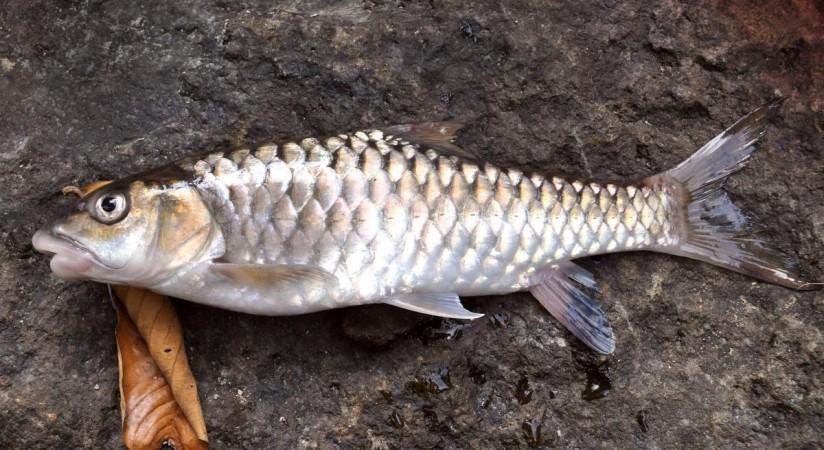The Sikkim government has declared endangered Neolissochilus hexagonolepis, commonly known as Chocolate or Copper Mahseer and locally named as Katley, as the 'State Fish".
The name Chocolate Mahseer has been given because of the morphological body colour of this fish. The ICAR-National Bureau of Fish Genetic Resources (ICAR-NBGR), Lucknow, had categorised Katley as "endangered species" in 1992. Much later, in 2014, it was categorised as 'endangered' even by global conservation body, the International Union for Conservation of Nature (IUCN).
In India, Katley are mostly found in Himalayas, especially in the northeastern states of Arunachal Pradesh, Sikkim, and Nagaland. In Sikkim, Katley are found in varied altitudes covering the entire state, predominantly confined in Teesta and Rangit rivers and their tributaries. There are as many as 48 indigenous species of Mahseer in Sikkim, an official said.

"Katley migrate upstream for breeding purpose and spawning takes place on stones and gravel. Spawning occurs from April to October with a peak in August to September. The fecundity of the fish is 3,500 per kilogram body weight. The maximum growth and length of Katley fish recorded is 11 kg and 120 cms respectively," the recent notification by the Directorate of Fisheries under Sikkim's Department of Animal Husbandry and Veterinary Services said.
"Katley are the most sought fish by the fishermen in the state as the fish is having high consumer demand and comparatively high market value," said the notification (number 780/Fish) of August 26, published in the extraordinary gazette of the Sikkim Government on September 2.
It is this aspect - of fishing and its market value - that has raised concerns about the future of the "endangered" fish. For, along with declaring the Copper Mahseer as the state fish, the Sikkim government has also declared reservoirs of the state to be open for fishing activities vide another notification on August 19.
"License shall be issued by the Directorate of Fisheries to the interested individual fishermen or fishermen co-operative societies or SHGs for fishing in the reservoirs in accordance with the existing provisions under the Sikkim Fisheries Rules, 1990," it said.
Questions raised over decision
However, conservationists have questioned if the move is to ensure conservation or livelihood of fishermen and food for fish-lovers?

Director, Fisheries, N. Jaswant contended that the step was taken to legalise fishing activities. "There was lot of illegal fishing going on. Fishermen used electric current to kill fishes etc. A random sampling survey showed us that there has been a reduction of almost 25-40 per cent fish over last decade."
He said that the notification for declaring this as a state fish will not just help in conservation of the fish in rivers but also ensure that the supply of the most popular fish is not disturbed.
"We will ensure that the SOPs established by ICAR are followed. The reservoir fishing and cage fishing will increase the numbers and we will also send those out in the river."
There are over two dozen hydroelectric projects, completed, under-construction and proposed across Sikkim. Fish habitats are disturbed by these kinds of infrastructure developments, especially dams/reservoirs for power generation that divert rivers and hence affect the natural flow and depth of water in a given river channel. Mahseer need to travel upstream during breeding season and physical structures such as dams hamper that movement.
Allaying fears, the Sikkim government officer said that lots of new dams have a provision of fish ladders in their designs. "We are going to survey the existing dams to check if those can be retrofitted for the same provision."
Jaswant said that the government recently amended the Sikkim Fisheries Rules and will soon amend the Sikkim Fisheries Act, which, he said, will empower the department to "take legal action" against those indulging in illegal fishing.
(With inputs from IANS)














